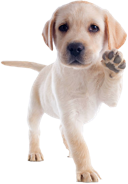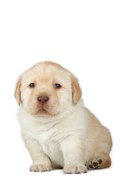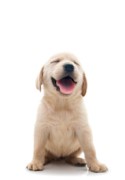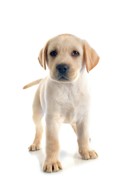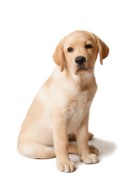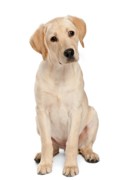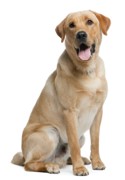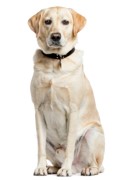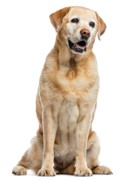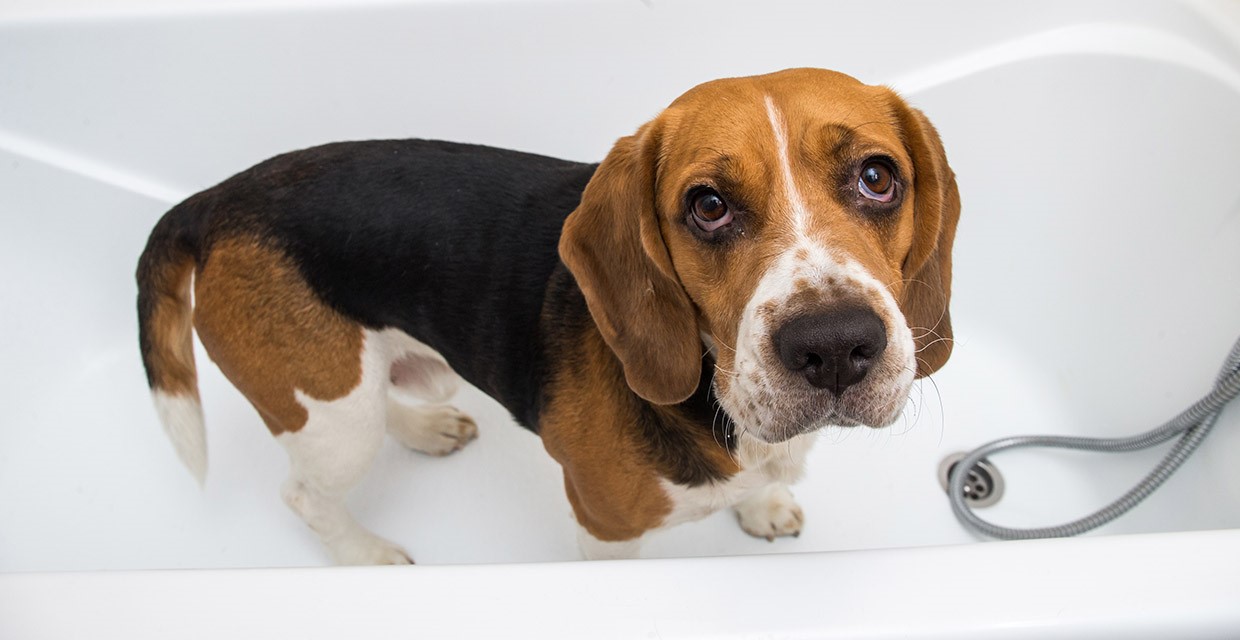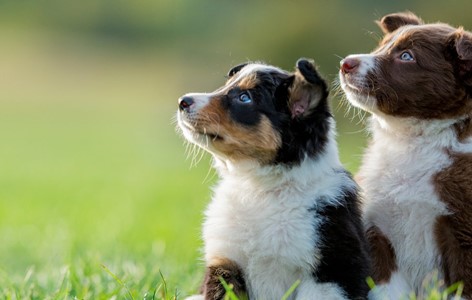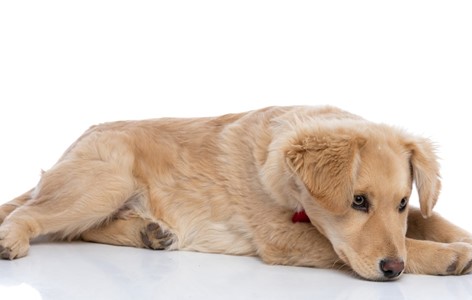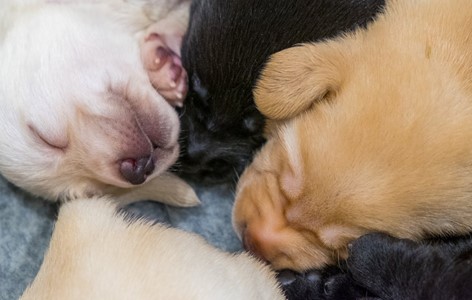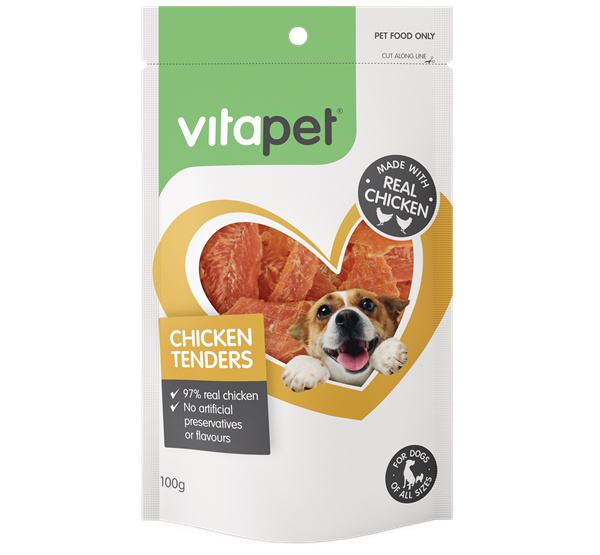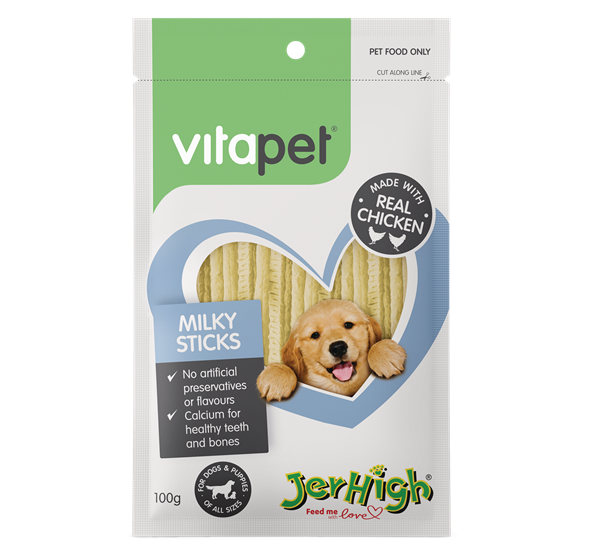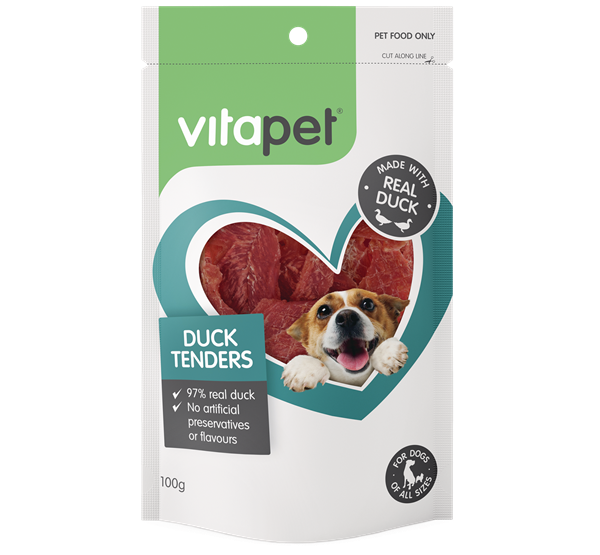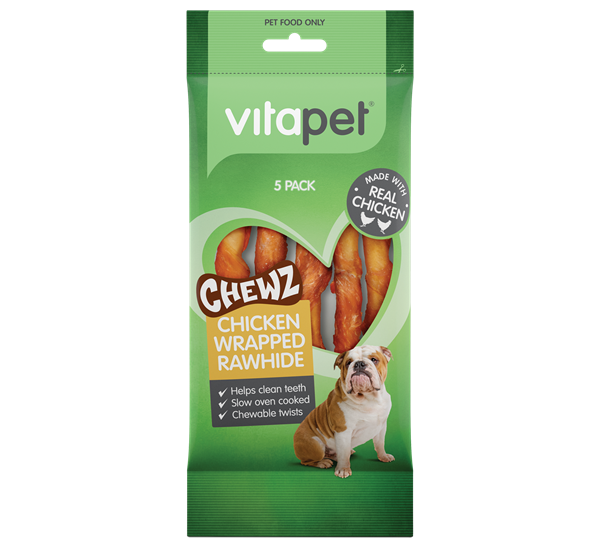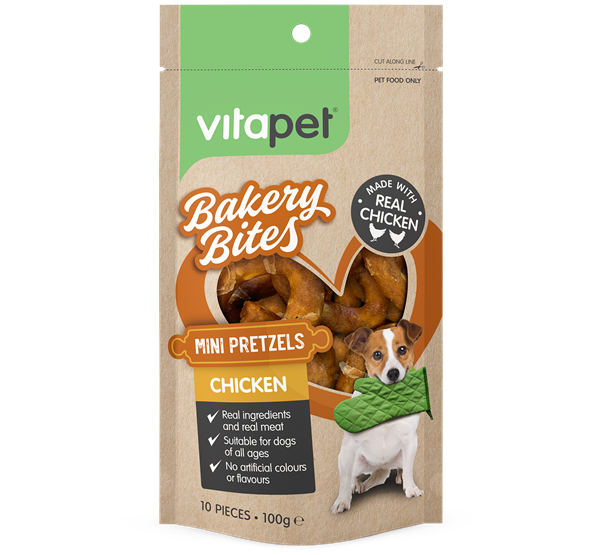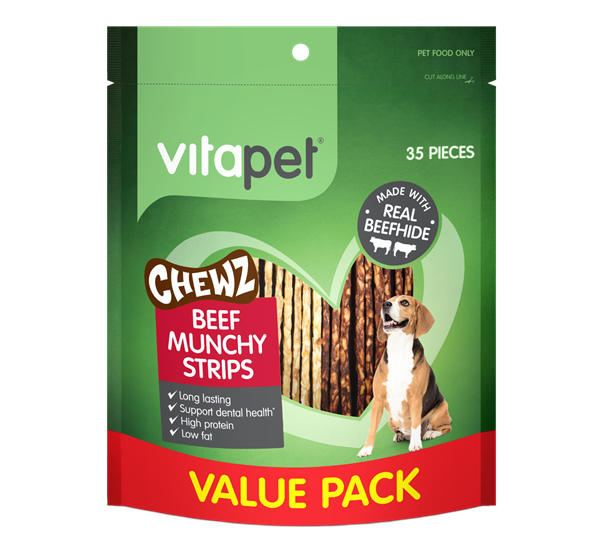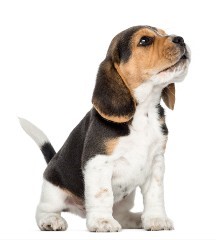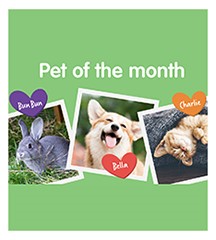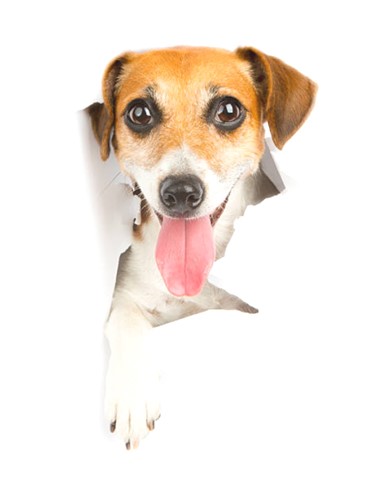Short haired dogs require less work to keep their coat clean and healthy. However, washing and grooming your short haired dog is still important to ensure their coat and skin are clean, healthy and smelling good. Short haired dogs have different grooming needs compared to long haired dogs. So what’s the best way to wash and groom your short haired dog?
How to Wash your Short Haired Dog
When it comes to washing your short haired dog, depending on their size, you can do this in the bath, shower, sink or even outside on a warm day.
1. Brush
Give them a brush to rid their coat of dirt and loose hair.
2. Fill the Bath or Sink With a few Inches of Lukewarm Water
It’s important you use lukewarm rather than hot or cold water. If washing your dog in a bath or shower, ensure the surface isn’t slippery by placing a towel or non-slip mat down for your dog to stand on.
Avoid overfilling the bath, as some dogs get nervous when the water is too deep.
3. Place your dog in the Bath
Use a cup or hose attachment to gently pour water over them, starting with their back and rump, then moving to their neck, legs, chest, and belly. Avoid pouring water over their head or on their ears or eyes. Instead, use a damp cloth or face washer to gently clean these areas.
4. Shampoo or Dog Soap
Using your hands, lather the shampoo into your dog’s coat including their back, legs, chest, and belly, feeling for any lumps or bumps as you go. Rinse the shampoo out thoroughly until the water runs clear.
5. Dry
You can use a towel to dry your short haired dog off, starting with their back, neck, legs, tail, and belly. On nice warm days, you might like to let your dog’s coat dry naturally. Short haired dogs dry quickly after a few shakes on a warm day.
Choose a shampoo specifically formulated for dogs. Avoid shampoos and soaps designed for humans, as these can contain irritants and may dry out your dog’s skin.
How to Groom your Short Haired Dog
Short haired dogs are relatively easy to groom. Most do well with a weekly brush with a soft bristle brush to keep their coats healthy and clean. If your dog has a double coat, you may find they shed more at certain times of the year and benefit from more frequent brushing and using a de-shedding brush.
Choose a brush that’s gentle but also effective in removing loose fur.
Begin by brushing them along the back and then down the legs, tail and chest area.
Check your dog’s nails regularly to ensure they are not overgrown. Trimming the nails may be necessary from time to time if they’re not being worn down naturally. Depending on the size of your dog, you could use a nail file, nail clippers or an electric nail filer to do the job. Make sure you only remove the tip of the nail. If you remove too much, you might catch the quick, which can cause bleeding and pain.
You can ask your vet or groomer to show you how to trim your dog’s nails.
Help! My short haired dog doesn’t like being washed or groomed
Some dogs don’t like being washed or groomed, either because they’re not used to it, or they’ve had a bad experience in the past.
If you find they're avoiding or fearful/anxious when being washed or groomed, you can help them learn to enjoy it. Take things slowly and introduce your dog to the process gradually. Use high value treats to build a positive association with being washed or groomed. Soon your dog will look forward to being washed and groomed because he associates with positive experiences.
You can also take your short haired dog to a groomer to be washed and groomed if you’re short on time or prefer to leave it to the professionals.

